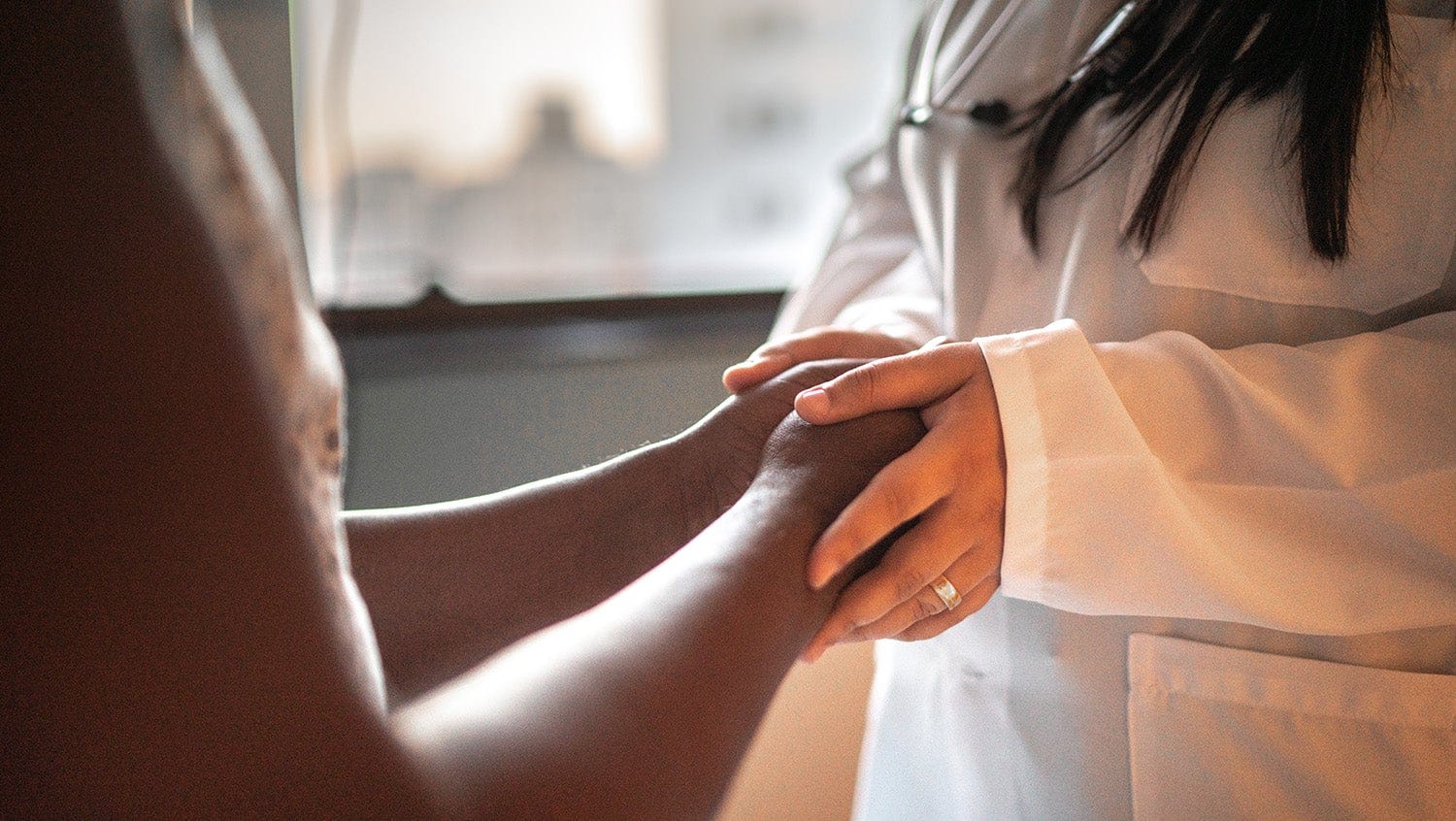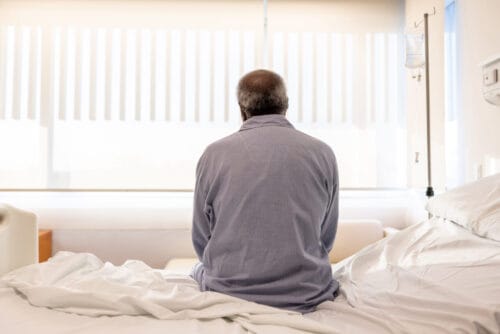
Getty Images
Boston’s Black women die from breast cancer in higher rates than any other group. The area’s major medical systems are collaborating to break down structures driving the disparity.
In a city boasting some of the world’s best medical care, Boston’s Black women succumb to breast cancer at alarming rates compared to other racial groups. The revelatory data — highlighted in a 2014 study published in Cancer Epidemiology — ranked Boston fifth in Black-White disparity in breast cancer mortality among major U.S. cities. Public health experts, cancer survivors, and clinicians across institutions are uniting under the Boston Breast Cancer Equity Coalition (BBCEC) to prevent more minority women from falling through the cracks.
Collaborating to decrease breast cancer care fragmentation
In Boston, it is not a matter of lack of breast cancer screening or cancer stage at diagnosis. Before the COVID-19 pandemic, breast cancer screening rates were high among both Black and White women across the city, experts say. Advancements in breast cancer diagnosis and treatment have also dramatically improved survival rates. Yet, while all-patient mortality rates have been declining in Boston and across the country, the racial disparity in deaths is widening. This discrepancy is most apparent among Black women under the age of 65 diagnosed with breast cancer, who experience a 78% higher mortality rate compared to their White counterparts, despite similar screening rates.
Black women under the age of 65 diagnosed with breast cancer experience a 78% higher mortality rate compared to their White counterparts, despite similar screening rates
Barriers and fragmented care for at-risk women continue to be significant factors of lower survival rates. Massachusetts data indicates that Black and low-income women with breast cancer are nearly three times more likely to delay treatment and experience treatment interruptions related to the transfer of care between institutions. It turns out that Boston’s strength — the city’s five acclaimed academic medical centers — may also be contributing to a blind spot.
“These disparities are complex,” explains Sharon Bak, MPH, co-chair of the BBCEC and the assistant director at the Center of Excellence in Women’s Health at Boston Medical Center (BMC). “Solutions will need to be found at both the patient and provider level, across hospitals, and with government support. One intervention is not going to fix it all.”
To better understand the challenges women face to receiving and adhering to treatment, the BBCEC has brought together representatives from the area’s six major medical centers, city government, community stakeholders, patients, and survivors. It is a cross-institutional collaboration between traditionally competing medical centers that has never been attempted before.
One major facet of the coalition’s work is the Translating Research into Practice (TRIP) study funded by the National Institutes of Health. Led by Tracy Battaglia, MD, director of BMC’s Center of Excellence in Women’s Health, it aims to utilize patient navigation to identify at-risk women’s barriers to care and break down silos in communication between medical systems to help improve outcomes.
The coalition is a cross-institutional collaboration between traditionally competing medical centers
“If you think in terms of our patient population at BMC, one-third of our patients are non-English speaking; they are on public insurance; they hold one or more jobs. These things add to the difficulty of navigating a very complex medical system,” says Bak. “When you have a patient navigator ask you about transportation, food, and insurance, you are more likely to receive the help you need. It makes a difference.” Studies have shown patient navigation is effective in improving care adherence, yet it remains a service sustained solely through grants and philanthropy, Bak adds.
Breast cancer equity, racism, and COVID-19
What will also be challenging to address is the implicit bias Black women face within the medical system. Systemic racism is something that Black breast cancer survivors within BBCEC say they face daily, propping discrimination among the top of the list of barriers to be addressed at all levels as BBCEC works through strategies to improve care.
Like so much else, the coronavirus pandemic has slowed progress with this city-wide initiative. For one, high cancer screening rates plummeted in early spring when hospitals’ doors closed to routine care. And these rates have yet to return to pre-pandemic levels due to the fear and uncertainty of a new surge in COVID-19 cases this fall, Battaglia says. BBCEC is holding virtual panel discussions and expert Q&As at local health centers to help allay women’s fears and encourage them to be proactive about preventive care.
Despite the many difficulties the pandemic has created, Battaglia believes it offers one bright spot of hope in closing communication and collaboration gaps.
“There is promise and potential in coalitions like the BBCEC. The pandemic has given us the opportunity to see how people can come together in ways they never did before, whether it be sharing resources or coming together to create policy throughout the city,” says Battaglia. “We have to ride that train and extend it to everything, including cancer care. I am hopeful that there has been a lasting change in how we work together to care for our patient populations.”


